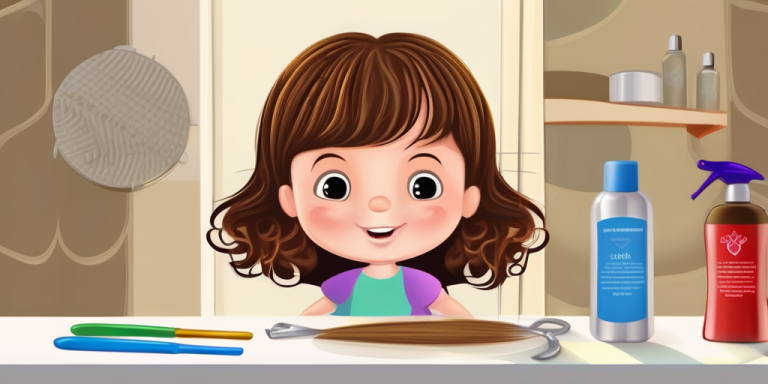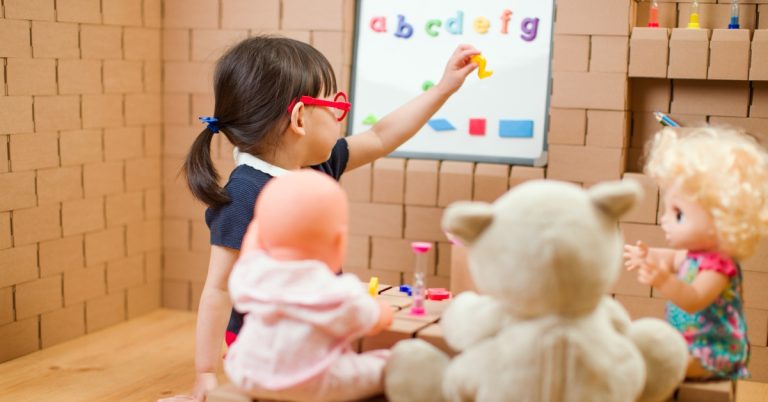35 Calm Down Ideas For Kids
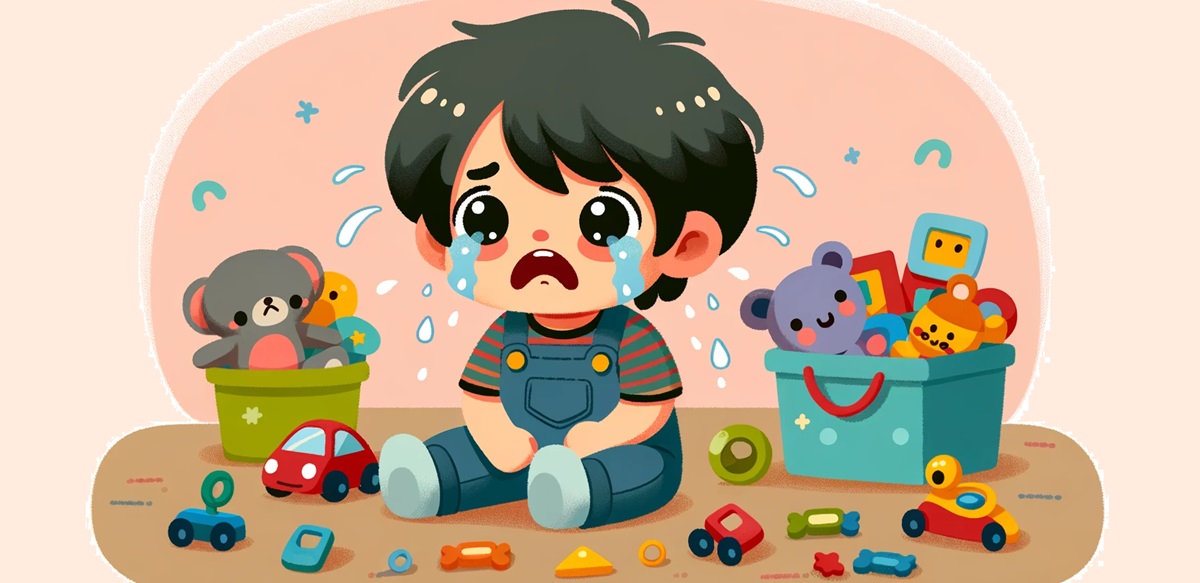
Calm down is a technique used to help children manage their emotions and find a sense of inner peace. It involves teaching them various strategies and activities that can help them relax and reduce stress. By practicing calm-down techniques, children learn to recognize and regulate their emotions, leading to improved focus, self-control, and overall well-being. Calm down is an essential skill for children to develop, as it equips them with the tools they need to navigate challenging situations and cope with everyday stressors.

1. Deep Breathing
Teach kids to take deep breaths in and out to help them relax, as this breathing technique sends more oxygen to the brain. Have them breathe in through their nose and out through their mouth slowly.
2. Count to 10
Encourage kids to count slowly to ten, taking deep breaths in between each number, to help them pause and regain composure. Counting gives their brain something simple to focus on.
3. Listen to Music
Play calming, instrumental music to help soothe kids by lowering heart rate and relieving muscle tension. Nature sounds or ambient music work well.
4. Use a Stress Ball
Give kids a soft stress ball to squeeze when they’re feeling overwhelmed as this gives an outlet for frustration. Stress balls provide sensory input and tension release.
5. Read a Book
Reading can be a great way to help kids relax and escape into an imaginative world that distracts from stressors. Choose a favorite story or a new adventure tale.
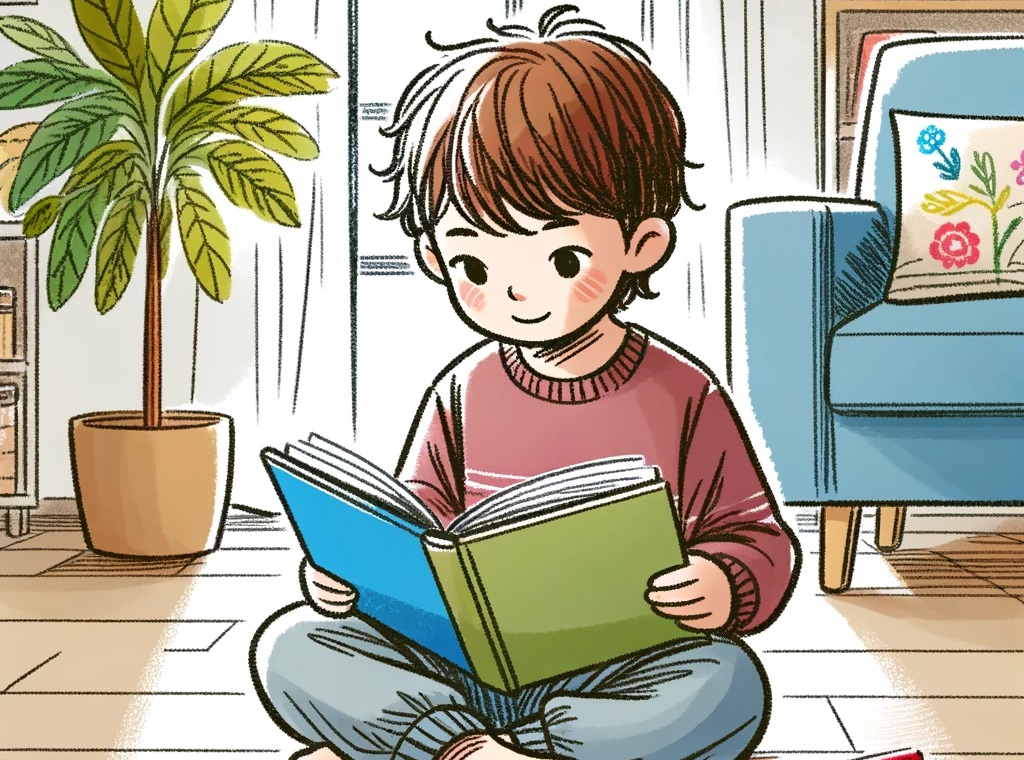
6. Take a Walk
A change of scenery and some fresh air while taking a walk can do wonders to calm the mind and body. Walking releases feel-good endorphins too.
7. Practice Yoga
Simple yoga poses can help kids feel grounded and calm by focusing the mind and releasing tension. Try child-friendly poses like downward dog.
8. Blow Bubbles
Watching bubbles float gently can be very soothing for kids as it promotes slow, rhythmic breathing. Add a drop of bubble solution to a wand and have them practice big, slow breaths.
9. Draw or Color
Art can be a great outlet for kids to express emotions in a healthy, creative way. Provide crayons, markers, or paint to encourage imagination.
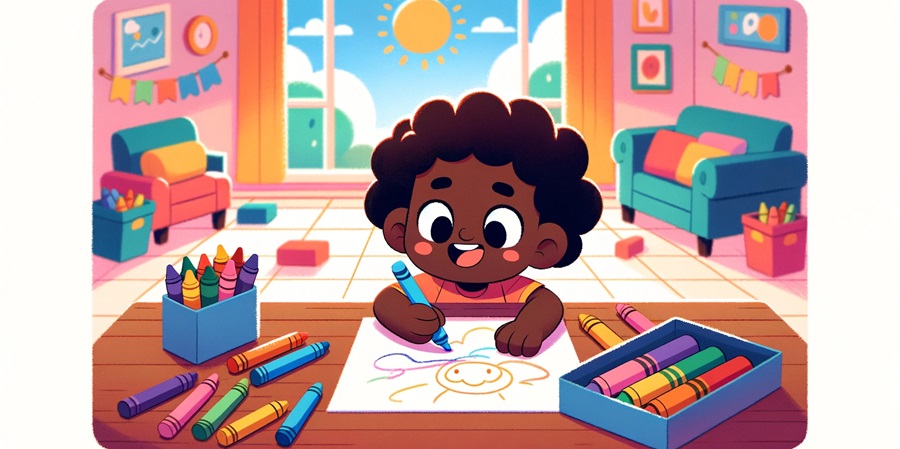
10. Practice Mindfulness
Teach kids to focus completely on the present moment which can reduce anxiety about the past or future. Do a simple mindfulness exercise together.
11. Watch a Movie
A favorite funny movie can be a great distraction to transport kids into a happy imaginary world. Laughing releases feel-good hormones like dopamine.
12. Have a Snack
Sometimes being hungry or having low blood sugar can negatively affect mood so a healthy snack can help. Keep snacks on hand like yogurt, fruit or popcorn.
13. Take a Nap
Rest during a nap can make a world of difference as sleep recharges the mind and body. Even a short 20-30 minute rest can help.
14. Play with Playdough
Molding and manipulating playdough provides relaxing sensory input for kids. Kneading the dough is calming.

15. Go to a Quiet Space
A designated quiet space with minimal distractions can provide kids a break from overstimulation. Add soft blankets and pillows.
16. Use a Calm Down Jar
Watching glitter gently settle in a calm down jar can have a peaceful, centering effect. Shake it and focus on slow breathing while particles float down.
17. Practice Muscle Relaxation
Teach kids to systematically tense and relax each muscle group to relieve tension. Start with the toes and work up.
18. Do a Puzzle
Solving puzzles redirects focus, absorbing kids in a calming mental activity. Jigsaw puzzles give a sense of accomplishment too.
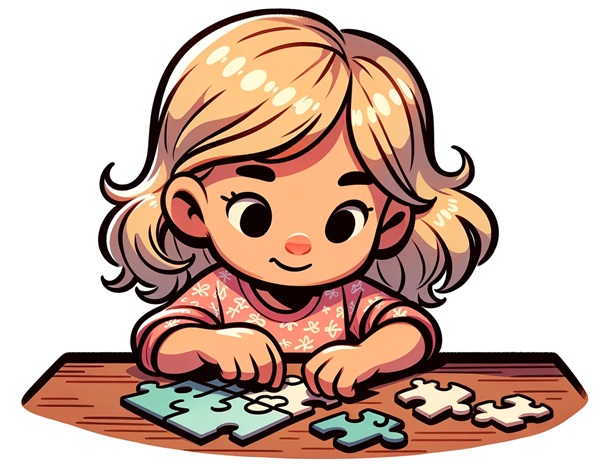
19. Practice Positive Self-Talk
Teach kids to say uplifting, positive affirmations to themselves to cultivate optimism. Write them down and practice together.
20. Use a Weighted Blanket
The gentle pressure of a weighted blanket can be soothing and reduce anxiety in kids. The pressure is reassuring.
21. Try Aromatherapy
Calming scents like lavender provide sensory input to relax the nervous system. Use essential oil sprays, diffusers, or lotions.
22. Do Guided Imagery
Kids imagine a favorite peaceful place, conjuring positive emotions. Describe calming scenarios in a soft voice.
23. Play a Game
Playing a familiar, beloved game with a caregiver can relax and reconnect kids. Laughing together releases positive hormones.

24. Dance
Playing upbeat music and having a silly dance party can be cathartic. Shake away worries by dancing them out.
25. Go for a Swim
Rhythmic swimming laps can be meditative and burn off excess energy. Floating in water can be calming too.
26. Use a Fidget Spinner
Watching a fidget spinner can have a hypnotic, centering effect for kids. The repetitive motion is soothing.
27. Practice Gratitude
Thinking about blessings cultivates positivity and counters negative feelings. Make a gratitude list together.
28. Blow Up a Balloon
Blowing up a balloon encourages long, deep breaths to instill calm. Making the balloon fly around the room afterward is fun.
29. Go for a Bike Ride
Cycling outside provides exercise to relieve pent-up energy and clear the mind. Riding helps kids feel free.
30. Write in a Journal
Writing helps kids process emotions in a constructive way. Putting feelings into words brings clarity.
31. Do a Craft
Engaging in creative crafts can shift focus to a relaxing, enjoyable activity. Making something fun provides a sense of accomplishment.
32. Sing a Song
Singing joyful songs with a caregiver connects and lifts the mood. Adding silly dance moves or props makes it more engaging.
33. Watch Funny Videos
Laughing at silly videos releases feel-good endorphins. Giggles and smiles boost moodsquicklyt.
34. Pet an Animal
Stroking a soft pet promotes oxytocin release and lowers blood pressure. Cuddling a pet melts away worries.
35. Use a Lava Lamp
Staring at the moving blobs in a lava lamp has a hypnotic-calming effect. Lava lamps are visually soothing.

3 Breathing Exercises For Calming Down
1. Deep Breathing
Deep breathing is a simple and effective breathing exercise that can help kids calm down and relax. It involves taking slow, deep breaths through the nose and exhaling slowly through the mouth. This technique can help reduce stress and anxiety and promote a sense of calm. It is a great tool for kids to use when they are feeling overwhelmed or need to take a break. Deep breathing can be practiced anywhere and anytime, making it a convenient and accessible calming technique for kids.
2. Belly Breathing
Belly breathing is a simple yet effective breathing exercise that can help kids calm down and reduce stress. It involves taking slow, deep breaths while focusing on expanding the belly. This technique activates the body’s relaxation response and promotes a sense of calmness. To practice belly breathing, kids can lie down on their backs and place one hand on their chest and the other on their belly. They can then take a deep breath in through their nose, feeling their belly rise, and exhale slowly through their mouth, feeling their belly fall. Belly breathing can be a helpful tool for kids to use when they feel overwhelmed or anxious, providing them with a sense of control and relaxation.
3. 4-7-8 Breathing Technique
The 4-7-8 breathing technique is a simple and effective way to help kids calm down. It involves inhaling deeply through the nose for a count of 4, holding the breath for a count of 7, and exhaling slowly through the mouth for a count of 8. This technique can be practiced anywhere and anytime, making it a convenient tool for children to manage their emotions. By focusing on their breath, kids can divert their attention away from stressful situations and find a sense of calm. Encouraging the use of the 4-7-8 breathing technique can empower children to take control of their emotions and promote a peaceful state of mind.
3 Mindfulness Activities For Calming Down
1. Body Scan
The Body Scan is a mindfulness activity that helps kids become more aware of their body and the sensations they are feeling. It involves systematically focusing attention on different parts of the body and noticing any tension or discomfort. By practicing the body scan regularly, kids can learn to recognize and release physical tension, which can help them relax and calm down. This activity can be done by lying down or sitting comfortably, closing the eyes, and slowly scanning the body from head to toe. It is a great way for kids to connect with their bodies and develop a sense of inner calm.
2. Mindful Coloring
Mindful coloring is a simple and effective calm down activity for kids. It involves focusing on the present moment and using coloring as a way to relax and reduce stress. By paying attention to the colors, shapes, and patterns, children can practice mindfulness and improve their concentration skills. Mindful coloring can also be a great way for kids to express their emotions and enhance their creativity. It is a fun and engaging activity that can be easily incorporated into a child’s daily routine.
3. Mindful Walking
Mindful walking is a simple yet effective activity that can help kids calm down and focus their attention. It involves walking slowly and deliberately, paying attention to each step and the sensations in the body. Mindful walking can be done indoors or outdoors, and it’s a great way for kids to connect with nature and their surroundings. Encourage your child to take deep breaths while walking and to notice the sounds, smells, and textures around them. This activity can be incorporated into daily routines or used as a break during times of stress or overwhelm.
3 Sensory Play For Calming Down
1. Sensory Bins
Sensory bins are a great way for kids to engage in hands-on and sensory play. These bins are filled with various materials, such as rice, sand, or water, along with different objects for exploration and discovery. The tactile experience of playing with the materials in the sensory bins can help kids calm down and focus their attention. It also provides a safe space for them to explore their senses and emotions. Sensory bins can be customized based on a child’s interests and can be used as a tool for teaching self-regulation and emotional regulation skills.
2. Sensory Bottles
Sensory bottles are a great tool for helping kids calm down and focus. These bottles are filled with various materials, such as glitter, beads, or water, and provide a mesmerizing visual experience. Kids can shake the bottles and watch as the materials slowly settle, helping them relax and regulate their emotions. Sensory bottles can be customized with different colors and themes to make them even more engaging. They are portable and can be used in various settings, making them a convenient tool for teaching calm down techniques.
3. Sensory Calm Down Jars
Sensory calm down jars are a popular tool for helping kids relax and regain focus. These jars are filled with a combination of water, glitter, and other small objects, creating a mesmerizing visual effect when shaken. The act of shaking the jar and watching the glitter settle can be soothing and calming for children. It provides a sensory experience that helps them redirect their attention and regulate their emotions. Sensory calm down jars can be used as a calming activity at home or in the classroom, allowing kids to take a break and find their inner peace.
Why is Calm Down Important for Kids?
Teaching calm down techniques to kids is crucial for their emotional well-being. It helps them develop emotional regulation skills and cope with stress and anxiety. By learning how to calm down, kids can improve their focus, concentration, and overall mental health. Additionally, calm down techniques can also enhance their social interactions and problem-solving abilities. It is important for parents, teachers, and caregivers to prioritize teaching these techniques to kids and create a supportive environment for their emotional growth.
Benefits of Teaching Calm Down Techniques
Teaching calm down techniques to kids has numerous benefits. It helps them develop emotional regulation skills, which are essential for managing their emotions effectively. By learning how to calm down, children can reduce feelings of stress, anxiety, and anger. Moreover, these techniques promote self-awareness and self-control, allowing kids to make better decisions and handle challenging situations with composure. Additionally, practicing calm down techniques can improve focus and concentration, enabling children to perform better academically and engage in activities more mindfully. Overall, teaching calm down techniques equips kids with valuable tools to navigate their emotions and enhance their overall well-being.
Helpful Calm Down Videos For Kids
Video #1 – Learn To Bring Down Stress | Guided Meditiation For Kids | Breathing Exercises | GoNoodle
Video #2 – Anger Management Techniques For Kids – Strategies To Calm Down When Your Temper Rises
Video #3 – Calming Exercises for Kids: Breathing and Stretching
Final Takeaways
Teaching calm down techniques to kids is crucial for their emotional well-being. It helps them manage their emotions, reduce stress, and improve their overall mental health. By learning how to calm down, kids can develop emotional regulation skills and effectively deal with challenging situations. Additionally, practicing calm down techniques can enhance their focus, concentration, and self-control. It is important for parents and educators to incorporate these techniques into kids’ daily lives to promote a calm and peaceful environment.



